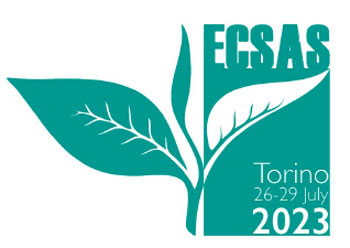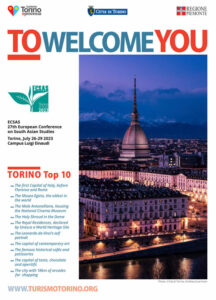Presenter
Susewind Raphael - King's College London, Department of International Development, London, United KingdomPanel
27 – Muslim agency within and against India’s regimes of urban segregationAbstract
Spatial segregation of Muslims in urban India is a fairly well-established and well known reality. Here, being ‘known’ implies that such segregation can be ‘seen’. However, it is also true that segregation can be known of while it is not physically distinct (or ‘seen’). That is, the visibility of spatial segregation is not constant. It is often dynamic and something that varies depending on the context of the segregated area (the ‘seen’) and who the ‘seer’ or ‘knower’ is. This paper attempts to propose a) an understanding of what visibility implies in the context of segregation, b) a typology of the various forms of visibility that a segregated settlement can possess and c) implications of such visibility of socio-political relations between and within different communities. It will do so by studying Muslim segregation in Hyderabad and the diversity and layers that exist within such Muslim segregation. In doing so, it aims to complicate the understanding of the concept of visibility that spatial segregation has.


